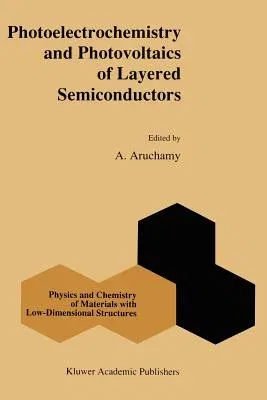Photoelectrochemistry and Photovoltaics of Layered Semiconductors (Softcover Reprint of the Original 1st 1992)Paperback - Softcover Reprint of the Original 1st 1992, 23 December 2010

Qty
1
Turbo
Ships in 2 - 3 days
In Stock
Free Delivery
Cash on Delivery
15 Days
Free Returns
Secure Checkout
Part of Series
Physics and Chemistry of Materials with Low-Dimensional Stru
Part of Series
Physics and Chemistry of Materials with Low-Dimensional Structures
Print Length
360 pages
Language
English
Publisher
Springer
Date Published
23 Dec 2010
ISBN-10
9048141117
ISBN-13
9789048141111
Description
Product Details
Book Edition:
Softcover Reprint of the Original 1st 1992
Book Format:
Paperback
Country of Origin:
NL
Date Published:
23 December 2010
Dimensions:
23.39 x
15.6 x
1.96 cm
ISBN-10:
9048141117
ISBN-13:
9789048141111
Language:
English
Location:
Dordrecht
Pages:
360
Publisher:
Series:
Weight:
521.63 gm

